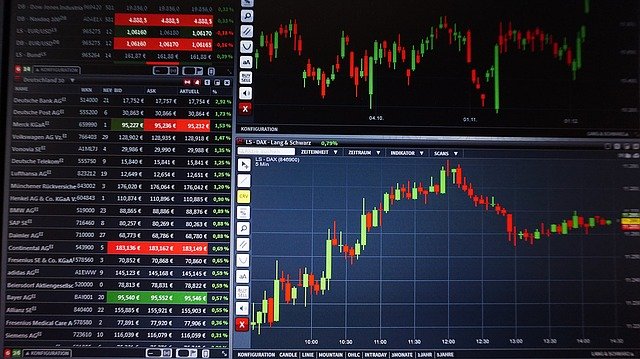The wild swings in markets recently are a case study in how seemingly distinct pillars around the globe are connected through the financial system — and the domino effect that can follow if one of them falls.
Some of the turmoil in stocks reflected rising fear that the American labor market may be cracking, and that the U.S. Federal Reserve may have waited too long to cut interest rates.
But it’s more complicated than that. This time around, there are also more technical reasons for the sell-off, analysts and investors say.
Factors like a slow buildup of risky bets, the sudden undoing of a popular way to fund such trades and diverging decisions by global policymakers are each playing a role. Some of these forces can be traced back years, while others emerged only recently.
Here are some of the key reasons for the swings.
A long stretch of low interest rates led investors to take more risks.
The buildup of risks in the financial system can partly be traced back to 2008, when the housing crisis prompted the Federal Reserve to cut interest rates aggressively and keep them low for years. That encouraged investors to seek returns from riskier bets, since borrowing was cheap and cash parked in safe assets like money market funds earned next to nothing.
Rates were also cut back to near zero in the early stages of the coronavirus pandemic, reviving these sorts of trades.
Thank you for your patience while we verify access. If you are in Reader mode please exit and log into your Times account, or subscribe for all of The Times.
Thank you for your patience while we verify access.
Already a subscriber? Log in.
Want all of The Times? Subscribe.

